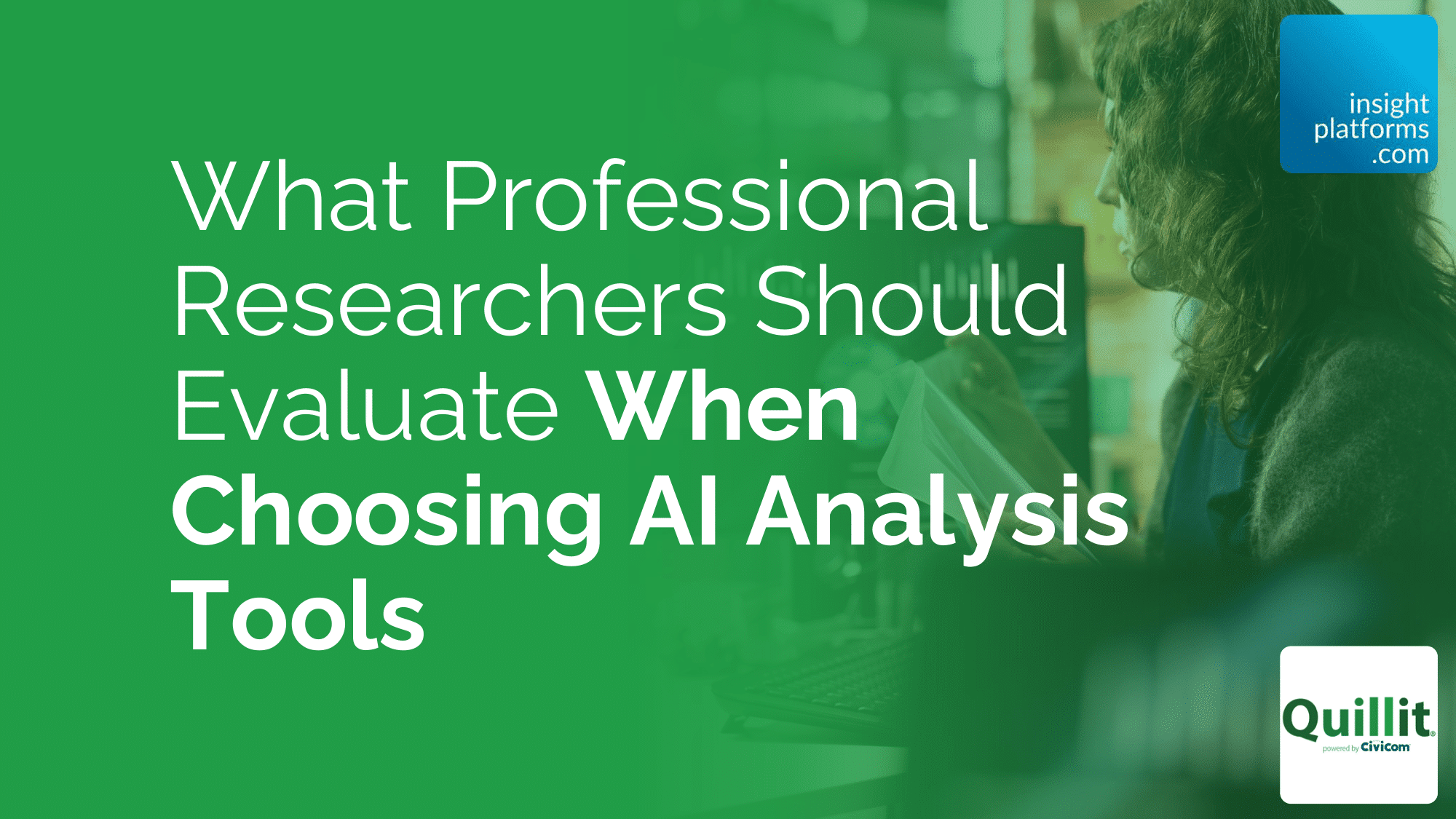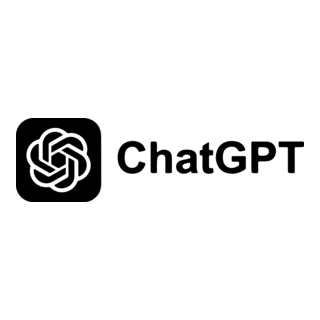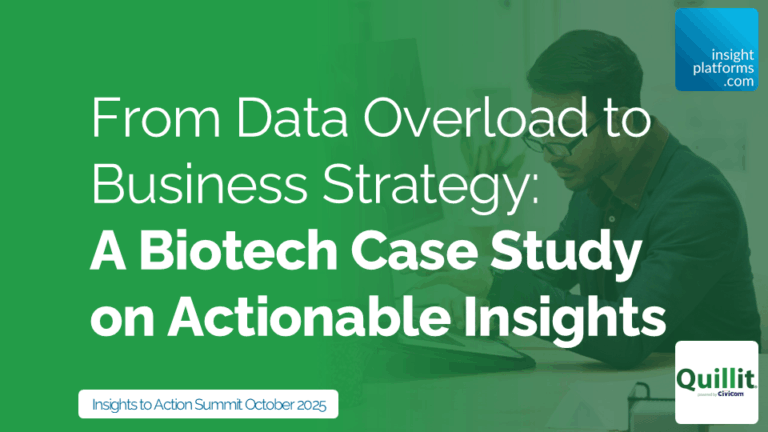
What Professional Researchers Should Evaluate When Choosing AI Analysis Tools
By Quillit
- article
- AI
- Artificial Intelligence
- Reporting
- Depth Interviews
- Online Focus Group Hosting
- Qualitative Research
The market for AI-assisted qualitative analysis tools has expanded rapidly over the past two years. For professional researchers evaluating these tools, the challenge is not finding options but determining which solutions meet the standards required for client work or internal strategic decisions.
We have spent considerable time working with researchers who initially tried general-purpose AI tools before seeking purpose-built research solutions. The recurring theme in these conversations is that generic AI appears impressive at first but reveals significant limitations when applied to actual research workflows. Understanding these limitations helps clarify what evaluation criteria matter most.
This article is based on the webinar “From Data Overload to Business Strategy: A Biotech Case Study on Actionable Insights”, presented by Quillit, at the Insights to Action Summit in October 2025. The full video replay is free to watch here:
From Data Overload to Business Strategy: A Biotech Case Study on Actionable Insights
The Generic AI Temptation
It is understandable why researchers experiment with general-purpose AI tools first. They are readily available, often free, and can handle basic tasks like summarising transcripts or identifying themes. For preliminary exploration or personal projects, these tools can be useful.
However, professional research introduces requirements that generic AI cannot reliably meet. When insights will inform business strategy, product development, or marketing investment, the standards for accuracy, security, and systematic analysis increase substantially. The difference between a directionally useful summary and a properly validated insight becomes critical.
We designed Quillit specifically for professional research after seeing these limitations firsthand. Our clients consistently identify three evaluation areas as decisive: security and compliance, accuracy and validation, and analytical capacity. Each deserves careful examination.
Security and Compliance: The Foundation
Security is typically the first question we hear from prospective clients, and for good reason. Research data often includes proprietary business information, competitive intelligence, or, in healthcare contexts, protected patient information. Understanding what happens to your data when you upload it to an AI tool is not optional.
Generic AI tools typically use your inputs to train their models. This means your client’s competitive insights or proprietary research could, theoretically, inform responses the AI provides to other users. For professional research, this is unacceptable.
Purpose-built research tools should implement a walled-garden architecture in which your data never cross-pollinates with other users’ content and is never used for model training. At Quillit, we employ this approach alongside GDPR and HIPAA compliance. We maintain a Business Associate Agreement with our language model provider, which creates legal accountability for data handling.
Equally important are access controls. Research often involves multiple team members with different roles and permissions. The AI tool should support granular access management so that only authorised users can view specific projects or datasets. Spreadsheet-based sharing or generic file storage does not provide adequate control for sensitive research.
When evaluating AI tools, researchers should ask specific questions: Is the solution GDPR and HIPAA compliant? Is there walled-garden architecture preventing data cross-pollination? Does a BAA exist with the language model provider? What access controls are available? How is data encrypted in transit and at rest? If the vendor cannot answer these questions clearly, that is a significant red flag.
Accuracy and Validation: The Professional Standard
The second critical evaluation area is accuracy. Generic AI tools are notorious for hallucinations, where the AI generates plausible-sounding insights that are not actually supported by the data. For a casual summary, this might be tolerable. For research informing a product launch or market entry strategy, it is disqualifying.
The challenge is that hallucinations often sound credible. The AI presents them with the same confidence as valid insights, making them difficult to spot without systematic verification. If verification requires manually reading all your transcripts, the AI has not actually saved time.
Purpose-built research tools should implement multiple accuracy safeguards. The most important is systematic citation. Every insight generated should include references back to the specific source material that supports it. This allows researchers to verify accuracy through sampling rather than a comprehensive review.
At Quillit, every insight includes clickable citations that take researchers directly to the relevant moment in the interview recording or the specific passage in a document. Researchers can hear the quote in context and verify that the AI correctly interpreted the meaning. This citation layer also serves another purpose: it makes it easy to extract supporting clips for presentations or reports.
Beyond citations, accuracy engineering involves how the AI processes research data. Generic AI tools apply general language understanding to research transcripts. Purpose-built tools should include research-specific processing that understands the structure of interviews, focus groups, and research documents. This includes recognising interviewer versus respondent speech, understanding probing questions, and maintaining context across long conversations.
We have invested heavily in accuracy engineering for Quillit. Among our clients, 80% report accuracy rates of 98% or higher after citation-based validation. This level of accuracy makes the AI genuinely useful rather than simply interesting.
When evaluating tools, researchers should ask: Does every insight include citations to source material? Can I easily verify accuracy through sampling? What is the typical accuracy rate reported by current users? How does the tool handle research-specific language and structure? What safeguards prevent hallucinations? If the vendor cannot provide concrete answers backed by user data, the accuracy question remains unresolved.
Analytical Capacity: Beyond Basic Summarisation
The third evaluation area is analytical capacity. Many AI tools can summarise individual transcripts or identify high-level themes. Professional research often requires more sophisticated analysis: systematic comparison across segments, integration of multiple data sources, response grids organised by discussion guide questions, and the ability to query data from multiple angles.
Generic AI tools typically process one input at a time. If you have 50 interviews to analyse, you face a choice: analyse them one by one – which is tedious and makes cross-interview patterns hard to spot –, or combine them into a single massive prompt – which often exceeds token limits and produces superficial results.
Purpose-built research tools should handle batch processing natively. You should be able to upload 50, 100, or 300 files and analyse them as a unified dataset. This is not just about convenience. Many research insights only become visible when you can see patterns across multiple conversations simultaneously.
The biotech case we discussed earlier illustrates this point. The organisation uploaded 50 IDI recordings and analysed them together. The AI could identify patterns across academic versus healthcare versus commercial segments because it had access to all interviews simultaneously. Processing those interviews individually would have made the comparative analysis far more difficult.
Beyond batch processing, analytical capacity includes the ability to structure and filter data. Response grids that organise quotes by discussion guide questions. Speaker segmentation that maintains segment boundaries across all analyses. The ability to combine interview transcripts with industry reports, policy documents, or other secondary sources. Advanced filtering and search that helps researchers zero in on specific topics or subgroups.
We built these capabilities into Quillit because researchers told us they were essential for professional work. The AI chat feature allows follow-up questions and deeper exploration of any finding. The response grid provides a tabular view familiar to researchers who use Excel-based analysis. Speaker segmentation enables reliable segment comparison. Multi-source upload allows researchers to validate interview insights against market reports or policy documents.
When evaluating tools, researchers should ask: Can the tool process multiple files as a unified dataset? What is the file limit? How does the tool handle segmentation and filtering? Can I combine different data sources? Does the tool support structured outputs like response grids? Can I ask follow-up questions to explore findings more deeply? The answers reveal whether the tool can support sophisticated research workflows or is limited to basic summarisation.
The Integration Question
Beyond these three core criteria, researchers should consider workflow integration. Professional research involves multiple stages: transcript preparation, coding and analysis, insight synthesis, and presentation creation. AI tools that integrate into this workflow are more valuable than standalone solutions that require extensive data reformatting or manual transfer between systems.
Quillit supports common research file formats, including audio and video recordings, transcripts in multiple formats, Word documents, and PDFs. Researchers can export insights, download citation clips for presentations, and share reports with team members. These integration points matter because they determine how much friction the AI tool adds to existing workflows.
Methodological Fit
Finally, researchers should consider whether the tool fits their typical methodologies. AI-assisted analysis works well for in-depth interviews, focus groups, usability testing, customer interviews, ethnographic studies, and diary studies. It is less applicable to highly quantitative survey research or experimental designs.
We have seen Quillit successfully applied to concept and message testing, exploratory research, and journey-mapping studies. The common thread is substantial qualitative data that benefits from systematic analysis across multiple sources. If your research fits this profile, AI assistance can deliver significant time savings and analytical depth. If your work is primarily quantitative, other tools may be more appropriate.
Making the Decision
Evaluating AI analysis tools requires moving beyond impressive demonstrations to examine security practices, accuracy mechanisms, and analytical capabilities. The questions outlined here provide a framework for that evaluation.
For professional researchers, the stakes are high. The insights you deliver inform significant business decisions. The AI tool you choose should meet professional standards for data security, analytical accuracy, and research-specific functionality. Generic AI may serve as an entry point for exploration, but purpose-built research tools are necessary for work that matters.
We built Quillit to meet these standards because we saw the gap between what generic AI could do and what professional researchers actually need. The evaluation framework we have outlined here applies whether you are considering Quillit or any other research-specific AI tool. The key is asking the right questions and insisting on clear, verifiable answers before committing your research workflows to any AI solution.
This article is based on the webinar “From Data Overload to Business Strategy: A Biotech Case Study on Actionable Insights”, presented by Quillit, at the Insights to Action Summit in October 2025. The full video replay is free to watch here:








